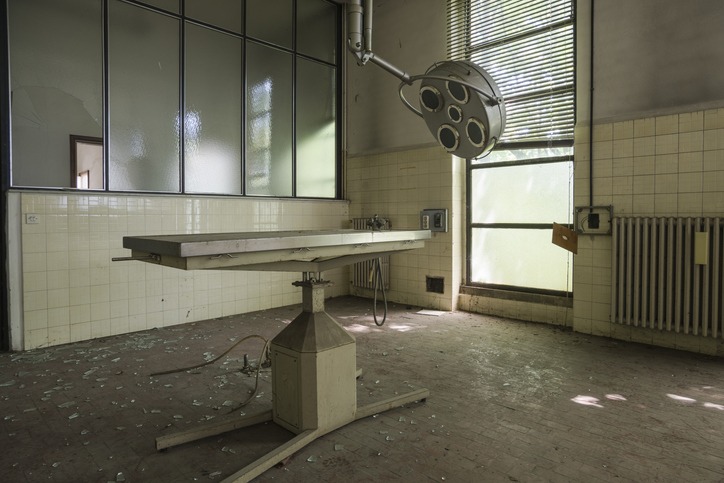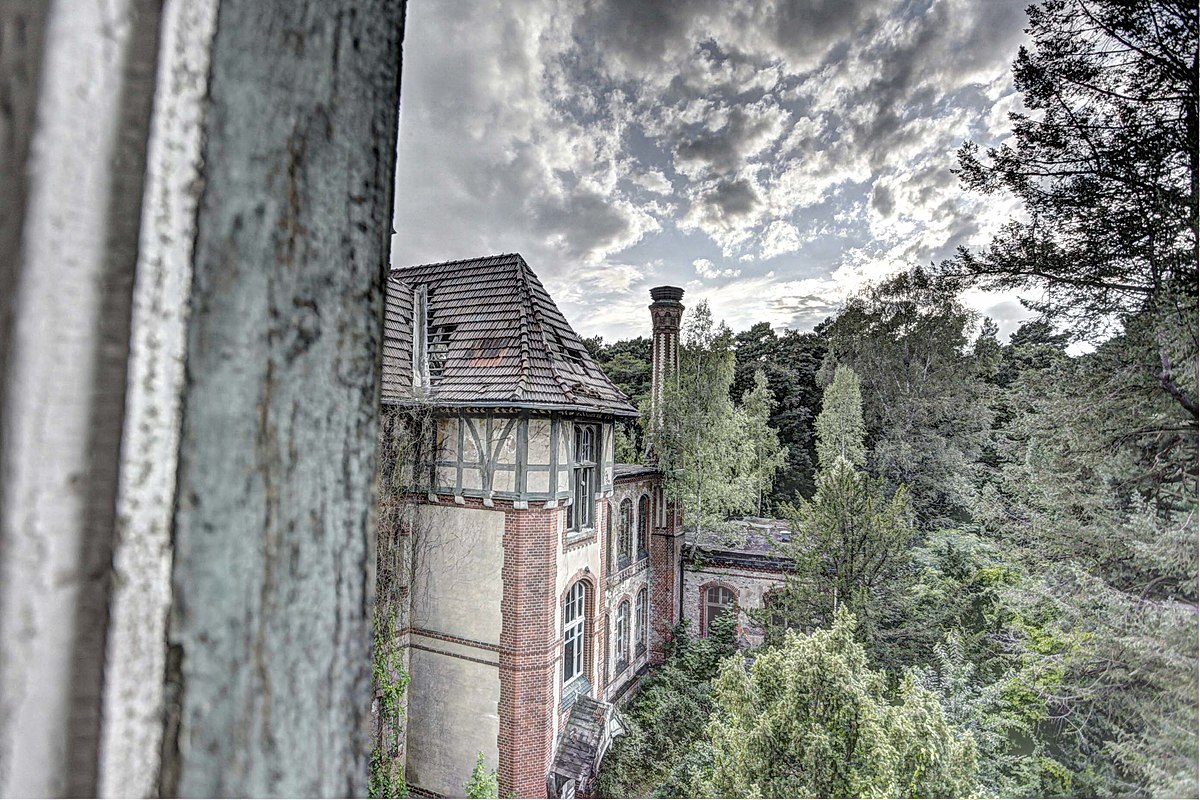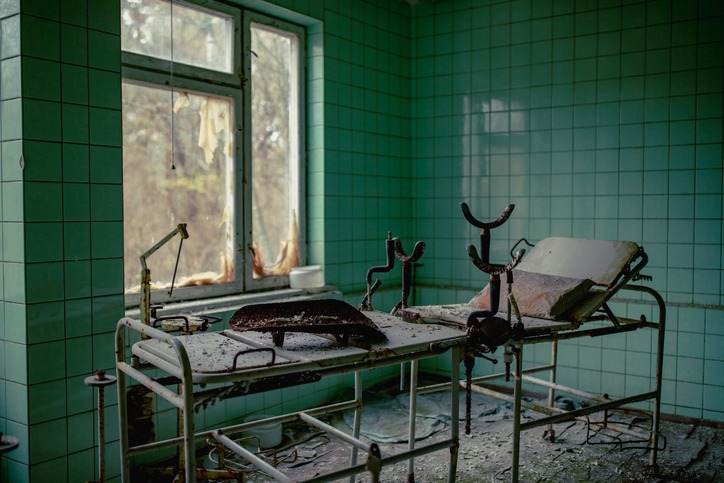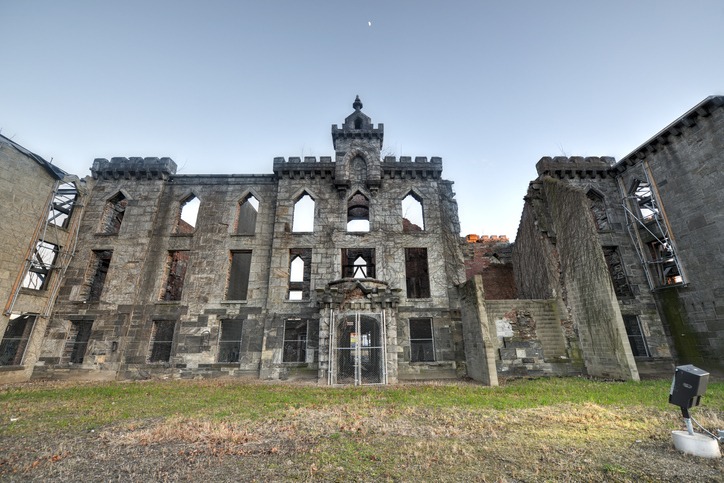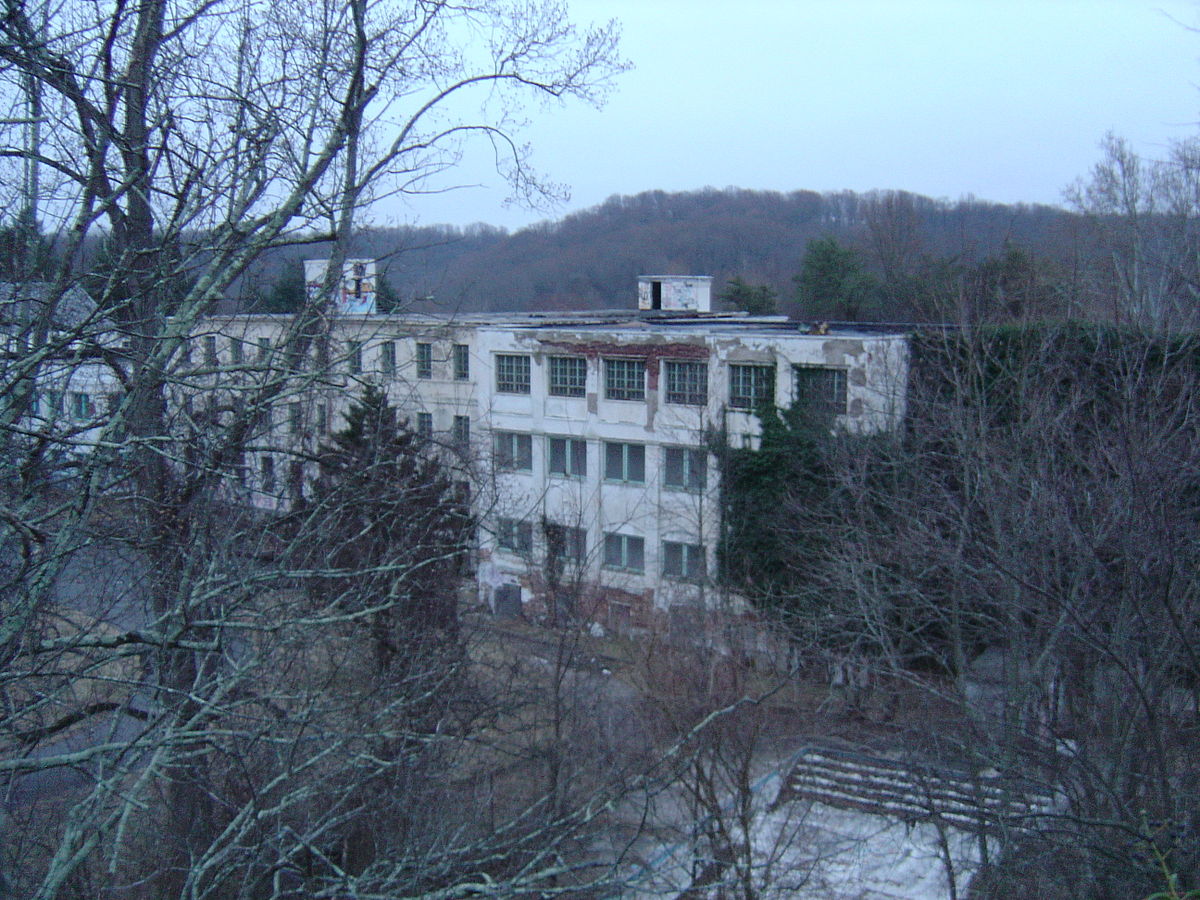Have you ever walked past an old, abandoned hospital and felt a chill run down your spine? There’s something incredibly eerie yet utterly fascinating about these forsaken temples of healing. All around the world, from the sprawling corridors of psychiatric asylums to the once-bustling wards of general hospitals, these abandoned healthcare facilities whisper tales of the past. Each one holds secrets – stories of hope and despair, healing and suffering, life and death.
In this blog post, we’re going to embark on a spine-tingling journey through some of the world’s most hauntingly beautiful abandoned hospitals. These hospitals, now relics of a bygone era, offer us a unique glimpse into the evolving world of medicine and the changing attitudes toward healthcare. So, grab your flashlight, and let’s delve into the mysterious world of abandoned hospitals, uncovering the stories hidden within their crumbling walls.
Beelitz-Heilstätten Hospital, Germany
Have you ever heard about the Beelitz-Heilstätten Hospital near Berlin, Germany? It’s a place straight out of a history book, with a twist of eerie ambiance. Originally built in the late 19th and early 20th centuries, this massive hospital complex was designed as a sanatorium for tuberculosis patients. Imagine these sprawling, beautiful buildings in the middle of a serene forest, a tranquil place for patients to recover.
But its history took quite a turn – during World War I, it served as a military hospital. In fact, a little-known fact is that a young Adolf Hitler was treated there for a leg wound he received during the Battle of the Somme. Fast forward through time, and it was used by the Soviets as a military hospital during the Cold War, right up until the early 1990s. Today, Beelitz-Heilstätten stands partly in ruins, partly restored, attracting photographers and urban explorers from all over.
Pripyat Hospital No. 126, Ukraine
Nestled in the heart of the Chernobyl Exclusion Zone, this hospital’s story is intertwined with one of the most catastrophic nuclear disasters in history. On that fateful day in April 1986, when Reactor No. 4 at the Chernobyl Nuclear Power Plant exploded, Pripyat Hospital was the first place to receive the disaster’s victims. The hospital, which was once a state-of-the-art facility, became ground zero for the immediate aftermath of the explosion, treating plant workers and firefighters who were tragically unaware of the full extent of the radiation exposure.
Today, walking through the abandoned halls of Pripyat Hospital, you’re stepping into a moment frozen in time. Medical equipment, personal belongings, and even children’s toys were scattered as they were left in the rush to evacuate the city. It’s a chilling, somber experience. The rooms where doctors and nurses once worked tirelessly are now silent, with peeling paint and broken windows. Visiting the hospital gives you a real sense of the scale and human impact of the Chernobyl disaster.
Poveglia Island Plague Hospital, Italy
Way back in the time of the bubonic plague, Poveglia served as a quarantine station, a place where people infected with the plague were sent, many to live out their final days. You can imagine the kind of heavy, somber atmosphere that hung over the island during those times. But Poveglia’s dark history doesn’t stop there. Fast forward to the 1920s, and the island became home to a mental hospital, which only added to its haunting reputation. There are all sorts of legends and tales about the happenings in the hospital, including stories of a doctor who performed strange experiments on patients before he allegedly went mad and jumped from the hospital tower.
Today, Poveglia Island is abandoned, and its decaying hospital building and overgrown vegetation give it a particularly spooky aura. It’s the kind of place that fuels ghost stories and legends, a small patch of land that’s seen so much suffering and tragedy. The hospital, with its crumbling walls and empty, echoing halls, stands as a somber reminder of the past. Visiting the island is not easy, as it’s closed to the public, but its mysterious and chilling presence continues to draw the curious from afar.
Renwick Smallpox Hospital, Roosevelt Island, New York
Have you ever come across the story of the Renwick Smallpox Hospital on Roosevelt Island in New York? This place is steeped in history and mystery, sitting right there in the shadow of the city’s modern skyline. Built in the 1850s, this Gothic Revival structure was actually America’s first hospital dedicated to the treatment of smallpox patients. During a time when smallpox was a major public health concern, this hospital was a beacon of hope, a place where people sought treatment and isolation from the bustling city. Its location on Roosevelt Island, then known as Blackwell’s Island, was strategic, keeping contagious patients at a safe distance from the population.
However, after the smallpox scare dwindled, the hospital closed down and eventually fell into disrepair, transforming into this hauntingly beautiful ruin. Today, the skeletal remains of the hospital, with its ivy-clad walls and Gothic arches, have a kind of eerie grace to them. It’s like a piece of old-world Europe tucked away in modern New York City.
Henryton State Hospital, Maryland, USA
Opened in the early 1920s, Henryton was originally established as a facility to treat African American patients suffering from tuberculosis at a time when segregation was still a stark reality in healthcare. This place was pretty groundbreaking because it was one of the few hospitals of its era dedicated to serving the African American community. Fast forward a few decades, and as tuberculosis became less of a public health threat, Henryton transitioned into a center for the care of people with developmental disabilities.
But here’s where it takes a turn into the abandoned realm. By the 1980s, as treatment methods evolved and institutional care was on the decline, Henryton started to empty out. It finally closed its doors in 1985. Since then, this sprawling complex of buildings, tucked away in the Maryland woods, became a destination for urban explorers and ghost hunters, drawn by its decaying beauty and the stories it holds.
Walking through the abandoned halls of Henryton, with its peeling paint and eerie silence, it’s like stepping into a different time. It’s a place that makes you think about the past – how far we’ve come in terms of medical treatment and social equality. Today, despite being a shell of its former self, Henryton State Hospital remains a poignant piece of Maryland’s history, a reminder of the challenges and changes in treating some of society’s most vulnerable.
Conclusion
As we conclude our exploration of these hauntingly beautiful abandoned hospitals from around the world, from the somber walls of Henryton State Hospital in Maryland to the eerie corridors of the Poveglia Island Plague Hospital in Italy, it’s clear that each of these places holds more than just decaying structures. They are silent storytellers, echoing the lives and stories of those who once walked their halls. These abandoned hospitals are like time capsules, offering us a glimpse into the past medical practices, societal challenges, and the ever-evolving nature of healthcare.
In their present state of quiet decay, these hospitals also remind us of the impermanence of human endeavors and the relentless march of time. They stand as monuments to the progress we’ve made in medical science and as solemn reminders of the darker chapters in healthcare history. Exploring these sites, whether in person or through stories, stirs a sense of wonder, curiosity, and sometimes a chill down the spine. As we step back into our world, we carry with us the tales and lessons from these once-bustling centers of healing, a reminder of the enduring human spirit and the complexities of our shared history.

